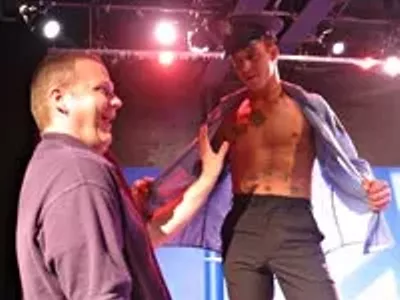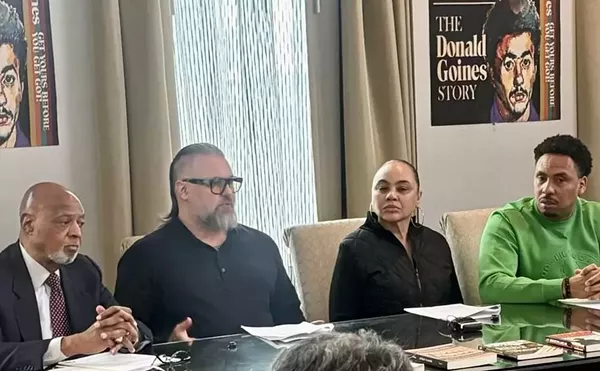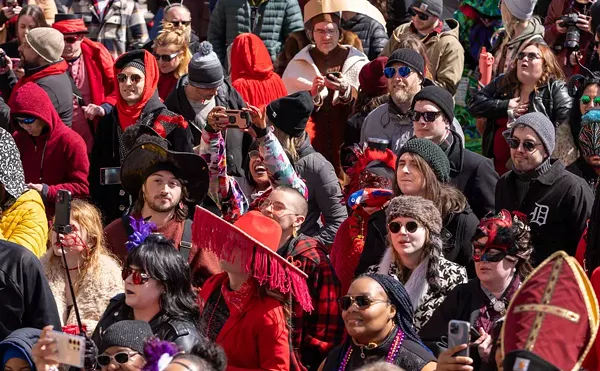On a bright summer day in 1963, an estimated 125,000 people marched down Woodward Avenue, the largest mass assembly in Detroit since the huge labor marches of the ’30s. Walking with prominent city leaders at the head of the march was Dr. Martin Luther King Jr., who would deliver an early version of the address he would give two months later at the Lincoln Memorial in Washington, D.C. The year marked the 100th anniversary of the Emancipation Proclamation, but, as King observed, freedom was still in the distance. As former colonial subjects all over the world seized their freedom, African-Americans fought for the simple right to buy a home or have a cup of coffee at a lunch counter.
Forty years later, looking back on these black-and-white images, it’s easy to forget the emotional impact of King’s words, such as, “We’ve been pushed around so long; we’ve been the victims of lynching mobs so long. …”
To King’s audience that day, such memories were not of the distant South or the far-off past. In fact, when the march was organized, it was intended to mark one of the darkest episodes in American history, the now mostly forgotten 1943 Detroit race riot.
The march was first proposed in May 1963 by an African-American organization called the Detroit Council for Human Rights. Referring to 1943, the Rev. C.L. Franklin, the council’s chair, announced, “The same basic, underlying causes for the disturbance are still present. … The difference now will be the way our protests and dissatisfaction will be made known.” The nonviolent demonstration of ’63 drew more than 100,000 down Woodward Avenue to the river, where 15,000 crowded into the Civic Center convention area to hear King.
The crowd cheered wildly as King exhorted ideals of fellowship, declaring that “I still hear a voice saying: ‘Love thy neighbor and put up the sword,’” and exciting Detroiters with the story of a dream — words he would reprise in Washington, of blacks and whites “walking together hand in hand, free at last, free at last, free at last.”
It is this moment that organizers of the 40th Anniversary Walk to Freedom aim to commemorate as they march at 10 a.m. on June 28 from Warren and Woodward toward Hart Plaza. According to Maryann Lee, deputy director of the Detroit chapter of the NAACP, the event organizers, the march is an attempt to re-examine King’s dream.
Though the event is more about grasping at a dream than commemorating a nightmare, the march furnishes a remarkable vantage point somewhere between the two. Thinking again about King’s eloquent words, we realize that the dream is still some distance off. But looking back 60 years, we can see how far we’ve come.
Take me back to The summer of '43. Michael Jackman is a freelance writer living in Detroit. E-mail [email protected]






